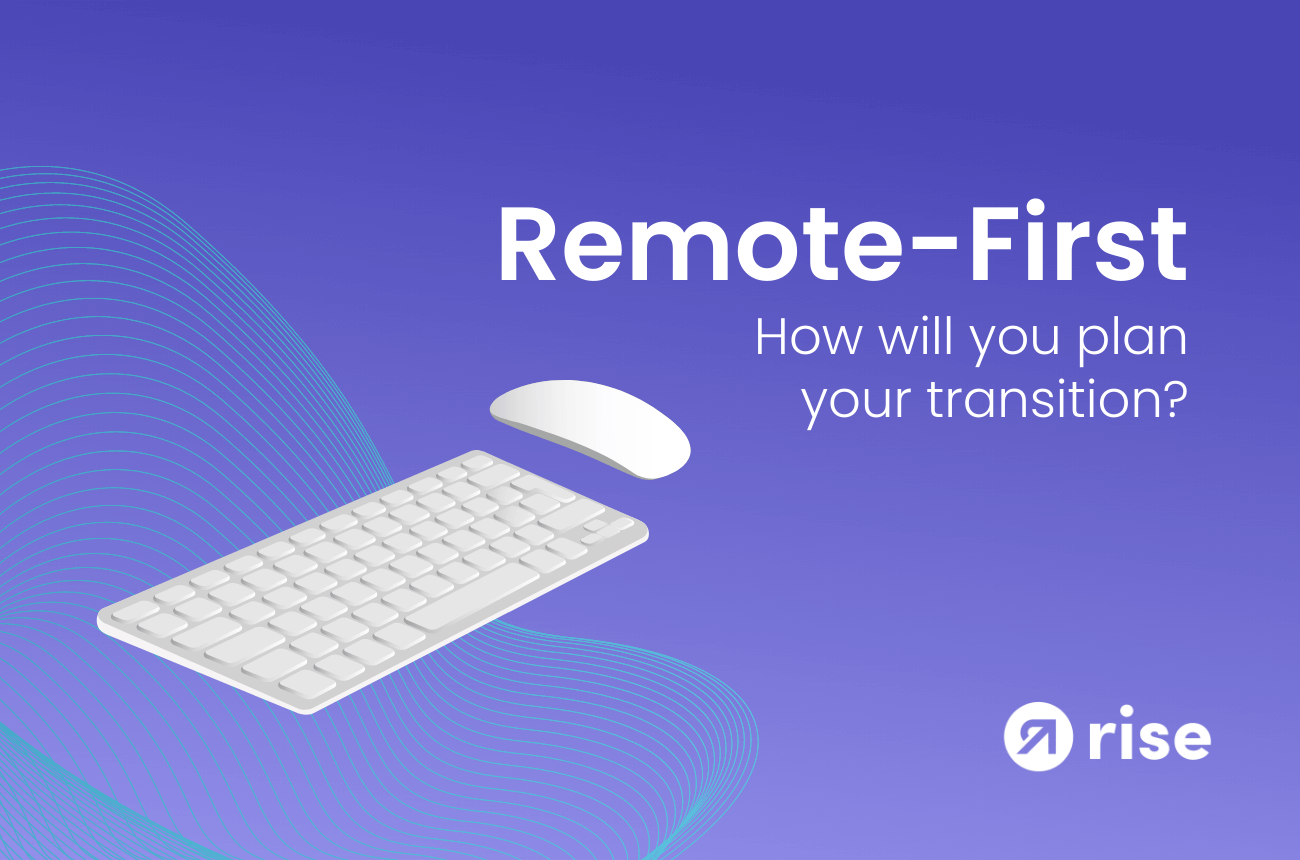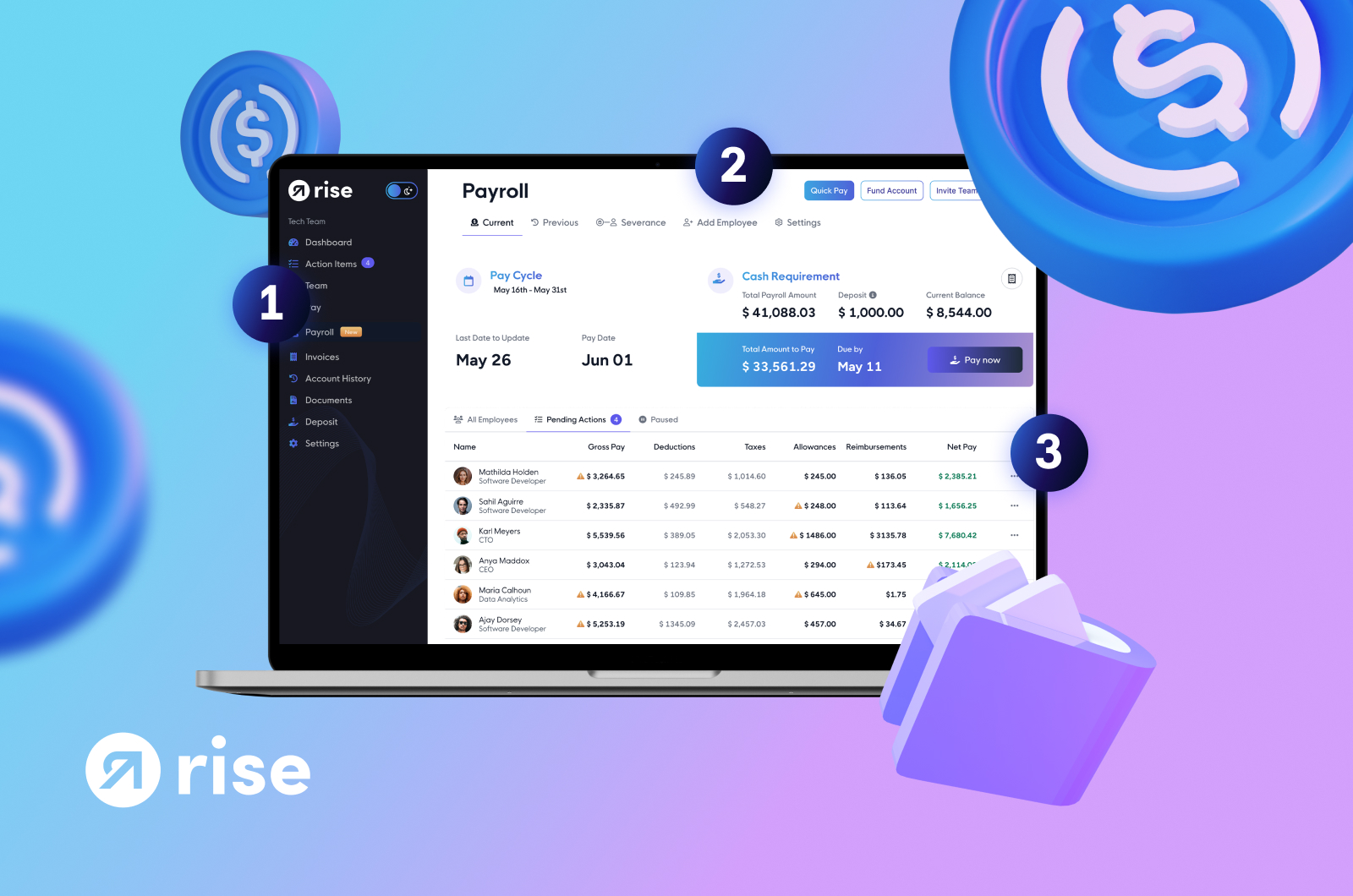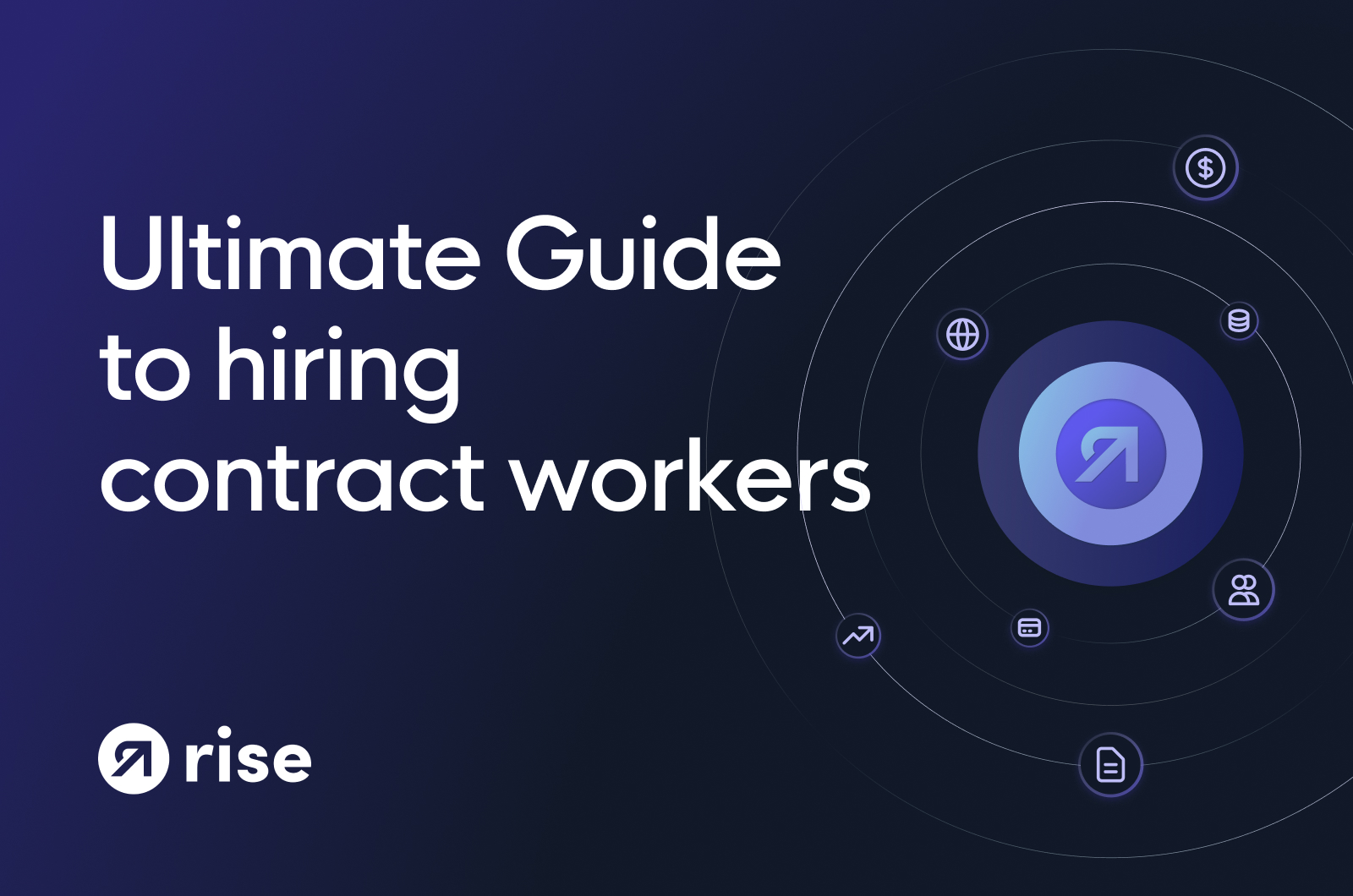By now, you already know: more companies are transitioning to fully-remote work than ever before. The COVID-19 pandemic precipitated an unprecedented move to online operations, and many of those changes are here to stay. Optional offices. Fully virtual. Hybrid. Remote-first. Businesses everywhere are adjusting to new ways of work. And not only out of necessity—to embrace the future. With the standard nine-to-five upended, the last two years have revealed just how outdated traditional work models really are. Simultaneously, this time has shown that there is a better way forward. One that empowers people to work where they want, when they want. One that creates a happier, more efficient workforce as a result.
A remote-first model encapsulates the larger cultural shift taking place right now. Unlike companies where remote work is presented as a privilege or perk (think Friday “work-from-home”) remote-first companies treat working virtually as the default option for everyone in the organization. If you’re ready to revolutionize the way you work, make the transition to a remote-first workforce. Here’s how.
Know What You Need
It’s important to have a vision. It’s even more important to carefully consider the steps needed to realize your vision. Before onboarding any new employees, map out your company’s needs. What roles need to be filled? What responsibilities might come with each role? Imagining potential tasks will help you evaluate the necessary skills for different positions. The more specific you are about what you need, the more likely you are to hire the best fit for the job.
Find the Right Talent
One of the most significant upsides for company leaders shifting to remote-first teams? New access to a global, diverse talent pool. When your team’s work isn’t constrained to a centralized office location, you can reach a wider range of candidates than ever before. With more access comes more opportunities to find the right contractors for your company. But that doesn’t mean you shouldn’t be discerning in your hiring process. You want to get it right the first time to avoid wasting resources on a bad hire.

Remote-first work relies on the success of decentralized teams. That means you want to find individuals who thrive in that environment. The strongest contractors are independent, take initiative, and communicate clearly. You should be able to count on collaboration and efficiency from your team, no matter where they are. Overall, the foundation for hiring remains the same as it would for in-person work—you want to find highly skilled professionals who will get the job done right the first time, every time.
Cultivate the Culture
You’ve hired the best talent. Now you want to develop the best company culture to match. Your team might not be in one office together, but it’s still important to nurture your relationship with each employee. If you create an open, efficient culture of collaboration designed for individuals to grow, your business will too. And it starts with a few easy principles:
- Run successful meetings - Research shows that the way meetings are run has a direct impact on a team’s success. Run right, meetings can lead to better decision-making, increased innovation, and higher cohesion amongst team members. Conversely, a poorly-run meeting can cause stress, frustration, and lower productivity. The best thing you can do is treat every meeting like one with a VIP client—even when those VIPs are your own employees. Keep to time. Be diligent about an agenda. Facilitate the conversation.
- No micromanaging - Remote-first work empowers contractors to work when and where they want. That means they shouldn’t feel like their supervisors are watching their every move or controlling every minute of their schedule. Trust is essential.
- Effective communication - Trust also grows out of clear communication. Everyone on the team should adopt remote-first communication and workflow practices. This means going beyond email, using other platforms like Slack to allow for quicker, less formal exchanges throughout the day. Regular communication not only enables teams to stay on the same page and collaborate more easily—it also cultivates a sense of community.
- Set boundaries - More flexible work practices doesn’t mean lower standards. Assign tasks with clear and detailed expectations. Articulate the best practices for communicating during working hours, workflow processes, and hitting deadlines.

Manage Your Processes
Handling administrative details might not be as exciting as the rest of your work. But they are necessary to make the rest happen. As you grow your team, make sure to stay compliant—especially as you onboard contractors from different cities, states, and countries. Mastering the art of asynchronous collaboration is key to accommodating team members spread across varying time zones. And the more you can streamline your workflows with proper project management platforms, the better protected your bottom line.
Go Remote-First with Rise
There’s no one-size-fits-all practice for transitioning to a remote-first company. Your business and your needs are unique. Remote-first work promises to innovate the way of work as we know it, but making the switch requires new administrative processes to help manage logistics for your remote team.
That’s why Rise was built as an all-in-one hub—centralized processes for decentralized teams. Onboard talent from across the globe. Pay them with the click of a button. And stay compliant with facilitated contracts. Everything in one place so your team doesn’t need to be. Ready to transition to remote-first work? Join us on Rise.


















